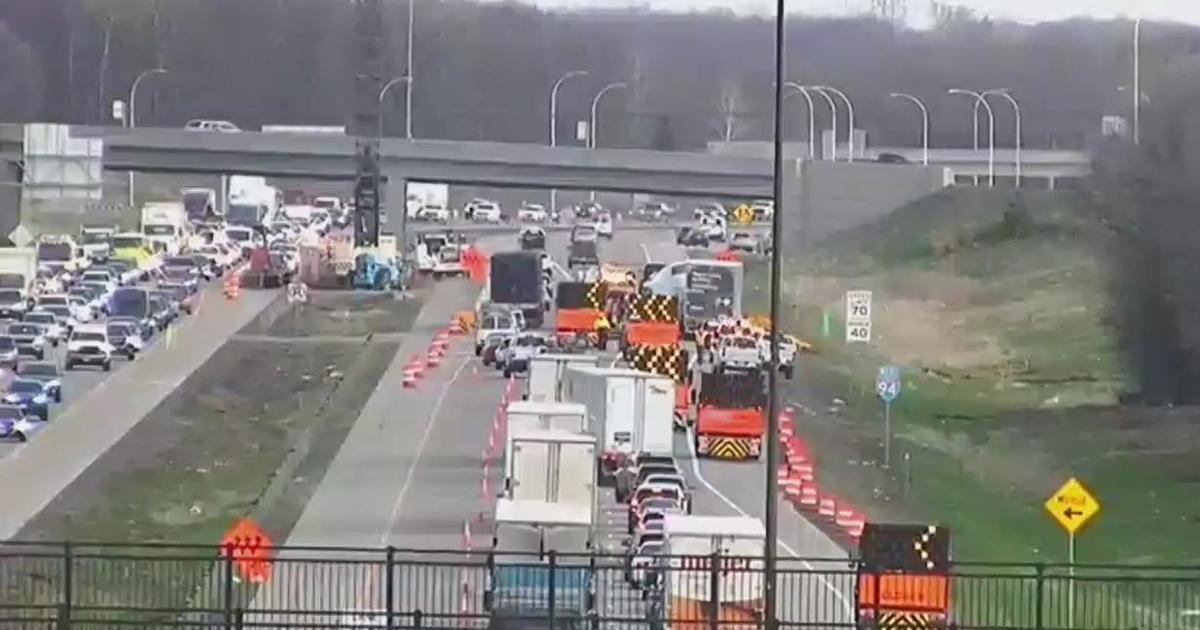Weather Technology Makes A Big Leap
MINNEAPOLIS (WCCO) - All 150 National Weather Service Doppler radars across the country are currently being upgraded with a new technology.
Called "Dual-Polarization", or Dual-Pol, it's the largest and most advanced since Doppler technology was introduced in 1988.
According to National Weather Service Forecaster Jacob Beitlich, detecting debris in a tornado is just one of the capabilities of Dual-Pol. The radar can now view particles in the atmosphere in more detail.
"This is actually debris that's being lofted into the air from the circulation of the tornado," said Beitlich. "The radar still sends out the beam in one direction, but when it listens to what's getting reflected back, it's now able to detect the horizontal direction and the vertical direction."
With the additional of a vertical dimension, the radar can better distinguish between small and large raindrops, snow, and hail.
"When rain drops fall, they don't fall in a little teardrop that you see. They fall kind of like a hamburger bun - they flatten out and so your horizontal reflectivity is going to be more intense than your vertical reflectivity - so then you can say 'ok, that's large raindrops that are in that storm,'" he said.
When hail falls, it's more round in shape and will look different on the radar display. Determining between large hail and large rain will improve flash flood forecasting and severe thunderstorm warnings. It will also let people at home know if it's time to move their car to the garage.
"If it's moving plants inside or just moving your car inside, and you save yourself however many thousand dollars from hail damage or something like that - that's a big deal, that adds up. That's the end goal of all this - to protect the life and the property," he said.



